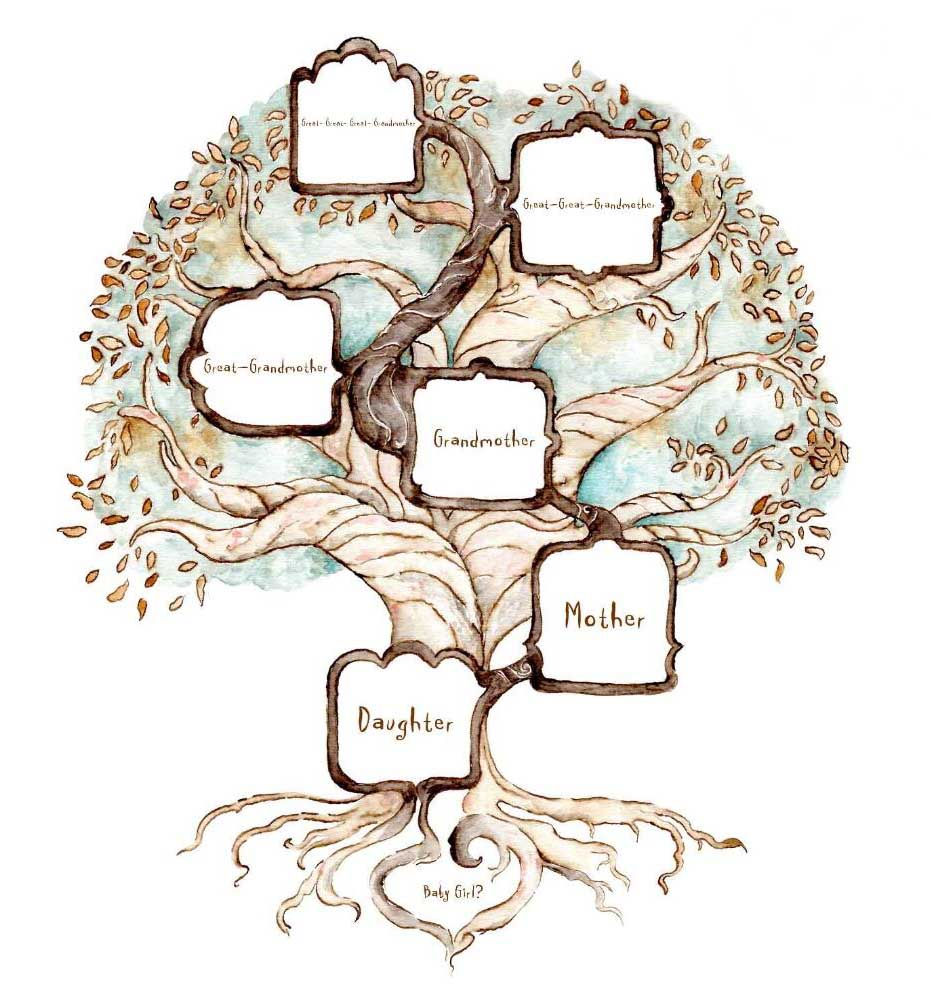Two Swiss immigrants and an unexpected stop for gas
- Patrick

- Jan 19, 2023
- 4 min read
It all started with a chance stop for fuel in Milbank, South Dakota, leading two Swiss immigrants to open a business that has now produced quality cheese and whey products for more than 90 years.

The company’s founders, Alfred Nef (1904-1990) and Alfred Gonzenbach (1902-1999), both grew up in Switzerland less than 20 miles apart. Alfred Gonzenbach was born in 1902 in Roggwil, Canton Thurgau, Switzerland. His parents had a 27-acre farm with 250 fruit trees and 16 dairy cows. He learned to make cheese in a small factory in the lower level of his home and, at 17, became an apprentice cheesemaker for two years. He applied for a visa and emigrated in November 1924 on the steamer Berengaria from Cherbourg to New York. Alfred Nef was born 1904 in Urnäsch, became a farmer and also emigrated 1924 on the steamer Cleveland from Cherbourg to New York.
Although these like-minded neighbors were destined to live parallel lives, they didn’t meet until both had immigrated to the United States and began working in the same cheese factory in Wisconsin. The two Alfreds became close buddies and decided to transform their friendship into a partnership. They drew up plans and purchased equipment to start their own cheese factory in Clayton, Wisconsin. But in 1927, Wisconsin was already saturated with cheese factories, so the duo switched gears and decided to move their company to Montana. On the way to Montana, the two Alfreds stopped for gas in Milbank and local businessmen talked them into staying – 89 years and counting. They set up shop and opened Valley Queen Cheese on March 1, 1929. The name had been selected in a community-wide contest.

Rudy and Alfred Nef, Alfred and Max Gonzenbach
People in Milbank nicknamed them Gonzie and Shorty and they became known for the quality of their cheese and running their business like a Swiss watch. The two were meticulous recordkeepers, and the first year in business they made 512,608 pounds of cheese. The business continued to grow even in the 1930’s during the Great Depression. In 1939, they outgrew their original location and built a new factory on the site where Valley Queen is today.

By the mid 1950s, Valley Queen’s employment roster topped 25 people. They started to haul canned milk in company trucks and began implementing more mechanization. Max Gonzenbach (born 1937) and Rudy Nef (1933-2022) also joined the business with their fathers.
Max had graduated from Milbank High School in 1954 and attended Michigan State to play basketball and study dairy manufacturing. He learned the trade of cheesemaking from his father on the factory floor.
When Rudy was nine or ten, he began helping at Valley Queen on weekends. He wrapped butter in parchment, earning 50 cents an hour. Rudy graduated from Iowa State in 1955 with a major in dairy science. In 1957, he returned from two years of serving in the US Army and began working at Valley Queen. In the summer of 1958, the Alfreds decided they had enough confidence to leave the boys in charge while they took some much-needed time off to go fishing.

Max and Rudy assumed the day-to-day management of the company in the 1960s. Early evaporators were installed, allowing Valley Queen to dry whey powder, which is more valuable than selling it as liquid swine feed. In 1966, milk cans were discontinued, and milk was hauled in bulk tankers. The refrigerated warehouse was also constructed on the north side of the railroad tracks.
Max Gonzenbach (left) and Rudy New (right)
Milk receiving docks and silos were installed in the 1970s and a fleet of trucks was purchased. In the 1980s, the office addition and tower evaporator were built.

Today Valley Queen employs over 200 people and depends on 75,000 cows each day to make their cheese. (A cow produces seven to nine gallons of milk per day which turns into six to eight pounds of cheese.) The factory processes a little more than four million pounds of milk per day, and by the middle of next year expects to process five million pounds of milk per day. The company forecasts production in 2019 to reach about 525,000 pounds of cheese every day.
A video featuring the two Alfreds, nicknamed Gonzie and Shorty, responding to questions about their career, told their success story the best and delighted the audience. It was made on the 60th anniversary of Valley Queen Cheese factory: https://www.valleyqueen.com/about-us

It was a real life romance that brought Hedwig (Hedy) Menzi to America. She was born 1904 in Herisau, Appenzell, Switzerland, and met Alfred Nef there. Although she did not speak the language and had to separate from family and friends, she followed her lover four years after his emigration and sailed on the steamer Veendam from Rotterdam to New York in 1928, where the couple married a few days later in Manhattan on 24 September 1928.They lived in Clayton, Wisconsin, until 1929, when they moved to Milbank. The picture above shows Alfred Nef's family in Hundwil.
Hedy's father was Johann Jakob Menzi (1872-1945), farmer and cattle trader in Herisau, but originally from Filzbach, Canton Glarus. Her grandparents Georg Menzi (1843-1928) and Rosina Menzi née Schräpfer (1845-1926) moved from Glarus to the Toggenburg valley and became farmers first in Wattwil and later in Hundwil, Canton Appenzell Ausserrhoden.
Sources:
1. The Valley Queen Heritage Center Opens on Milbank's Main Street, in: The Valley Express, August 21, 2018
2.Patricia J. Frazee, Alfred Gonzenbach and the making of the Valley Queen Cheese factory of Milbank, South Dakota, in: Swiss American Historical Society Review, Volume 30, 2-1994, pp 3-23
3. Valley Queen website on: www.valleyqueen.com



Comments